The Department of Agriculture and pig producers agree to a USD 3.70/kg price floor to protect farmers from losses and market volatility.
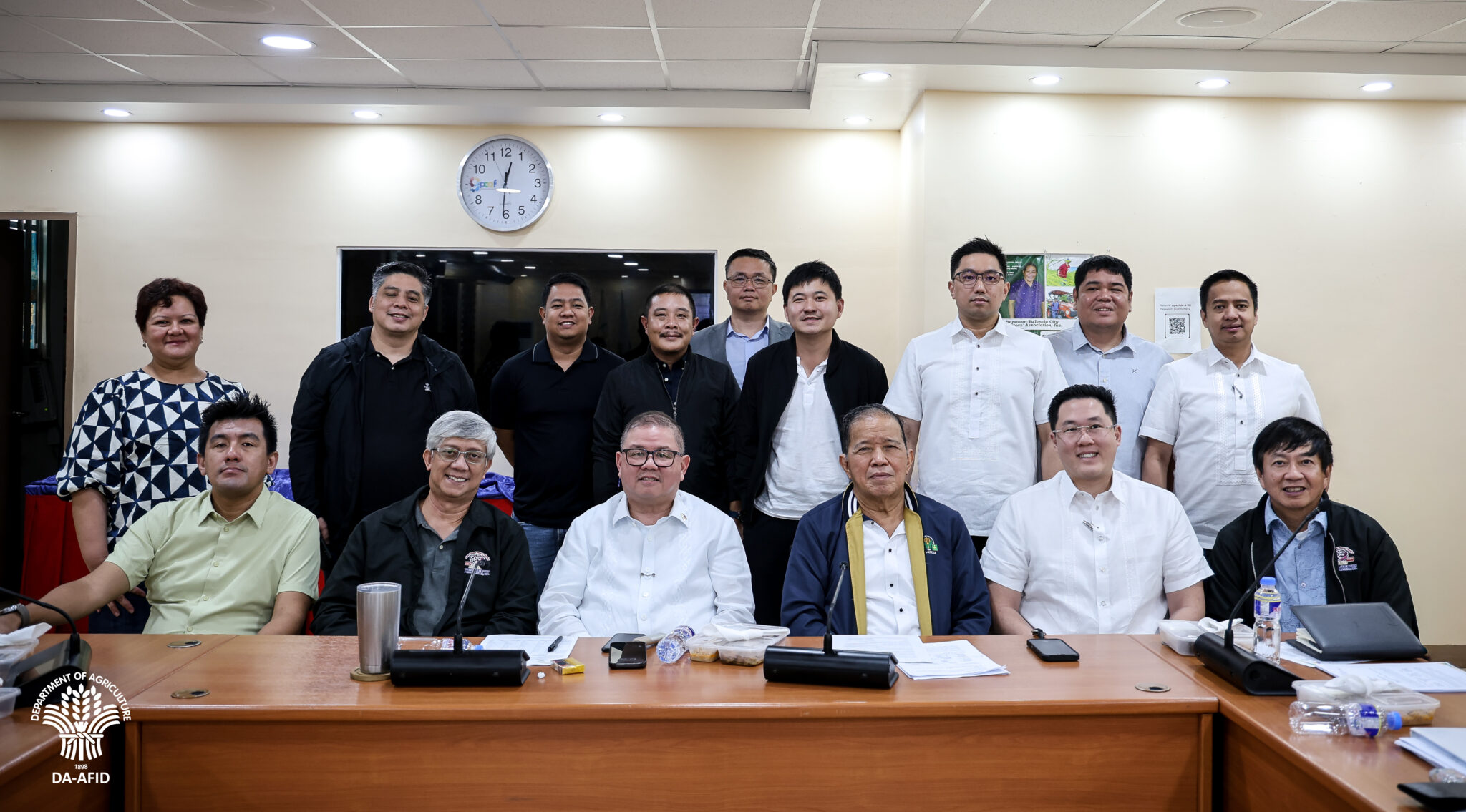
The Philippine Department of Agriculture (DA) and pig industry leaders have agreed to set a minimum farm price of USD 3.70/kg for live hogs. This move aims to ease financial pressure on local producers facing steep losses and rising production costs.
Industry groups warned that farm prices had dropped to USD 2.65-3.15/kg, below production costs for many raisers.
The agreement followed a meeting with representatives from the Samahang Industriya ng Agrikultura (SINAG), National Federation of Hog Farmers Inc (NFHFI) and the Pork Producers Federation of the Philippines (Propork).
Agriculture Secretary Francisco Tiu Laurel Jr noted that consumers have not benefited from falling farm prices.
“Pork belly still sells for around USD 7.05/kg,” he said, citing recent market visits.
Tariff reversal and retail safeguards proposed
To support local producers, the DA and industry groups will recommend restoring pork import tariffs to 40% from the current 25%. The lower rate was implemented under an executive order issued in June 2024.
“Over-importation has flooded the market and hurt local farmers,” Mr Tiu Laurel said. He warned that excessive imports threaten food security and rural livelihoods.
SINAG Executive Director Jayson Cainglet compared the situation to rice farmers’ struggles with import surges. He thanked the DA for responding to calls to revert pork tariffs to their original rate.
The DA also plans to reinstate a maximum suggested retail price for pork. Officials said the level will be set to balance supply chain profitability and consumer protection.
New measures to ensure fair trade
The DA will reclassify pork jowls, currently treated as offal, to allow higher tariffs. Jowls are increasingly used in meat processing and Korean barbecue dishes.
Mr Tiu Laurel also instructed the Agribusiness and Marketing Assistance Service and the National Meat Inspection Service to intensify market monitoring. The agencies will ensure fair trade and proper labeling of frozen meat products.
Retailers must:
These steps aim to stabilize pork prices, protect producers, and safeguard consumers amid ongoing market volatility.
Subscribe now to the technical pig magazine
AUTHORS
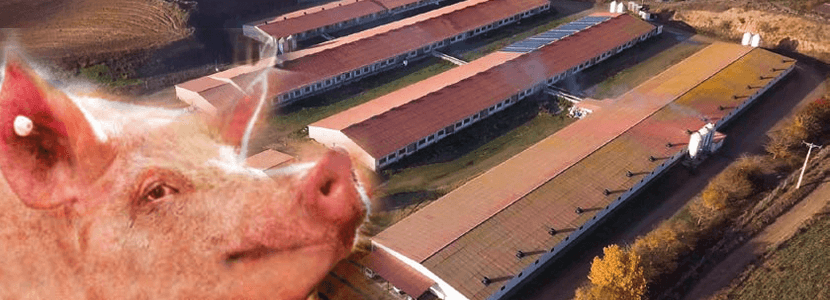
Bifet Gracia Farm & Nedap – Automated feeding in swine nurseries

The importance of Water on pig farms
Fernando Laguna Arán
Microbiota & Intestinal Barrier Integrity – Keys to Piglet Health
Alberto Morillo Alujas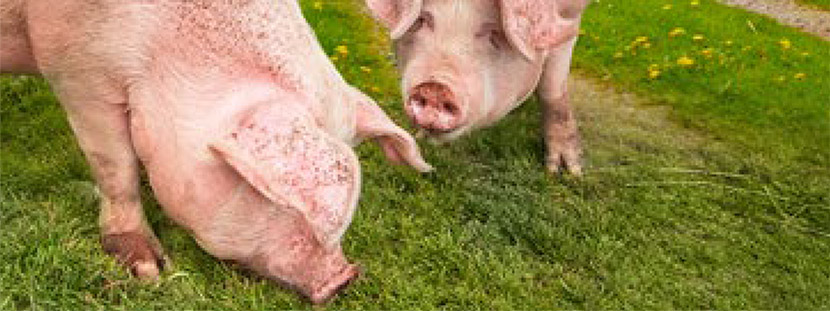
Impact of Reducing Antibiotic use, the Dutch experience
Ron Bergevoet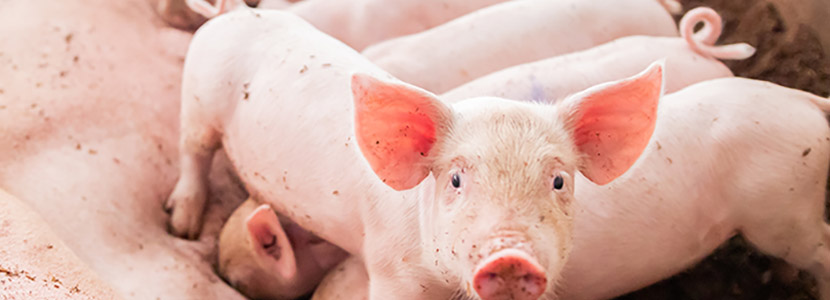
The keys to successful Lactation in hyperprolific sows
Mercedes Sebastián Lafuente
Addressing the challenge of Management in Transition
Víctor Fernández Segundo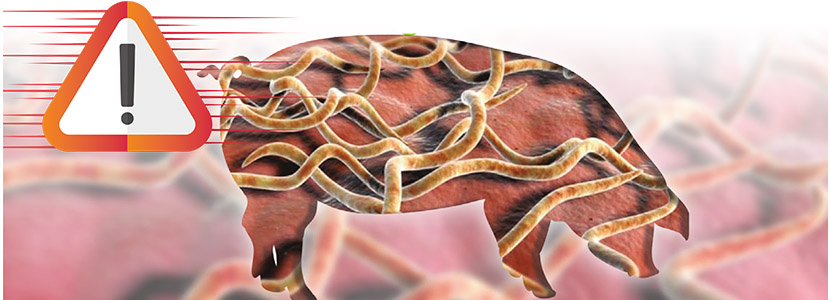
Dealing with the rise of Swine Dysentery
Roberto M. C. Guedes
Actinobacillus pleuropneumoniae – What are we dealing with?
Marcelo Gottschalk
The new era of Animal Welfare in Pig Production – Are we ready?
Antonio Velarde
Gut health in piglets – What can we do to measure and improve it?
Alberto Morillo Alujas
Interview with Cristina Massot – Animal Health in Europe after April 2021
Cristina Massot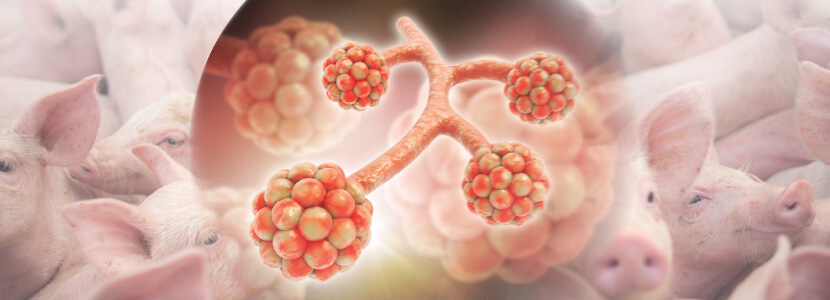
Differential diagnosis of respiratory processes in pigs
Desirée Martín Jurado Gema Chacón Pérez